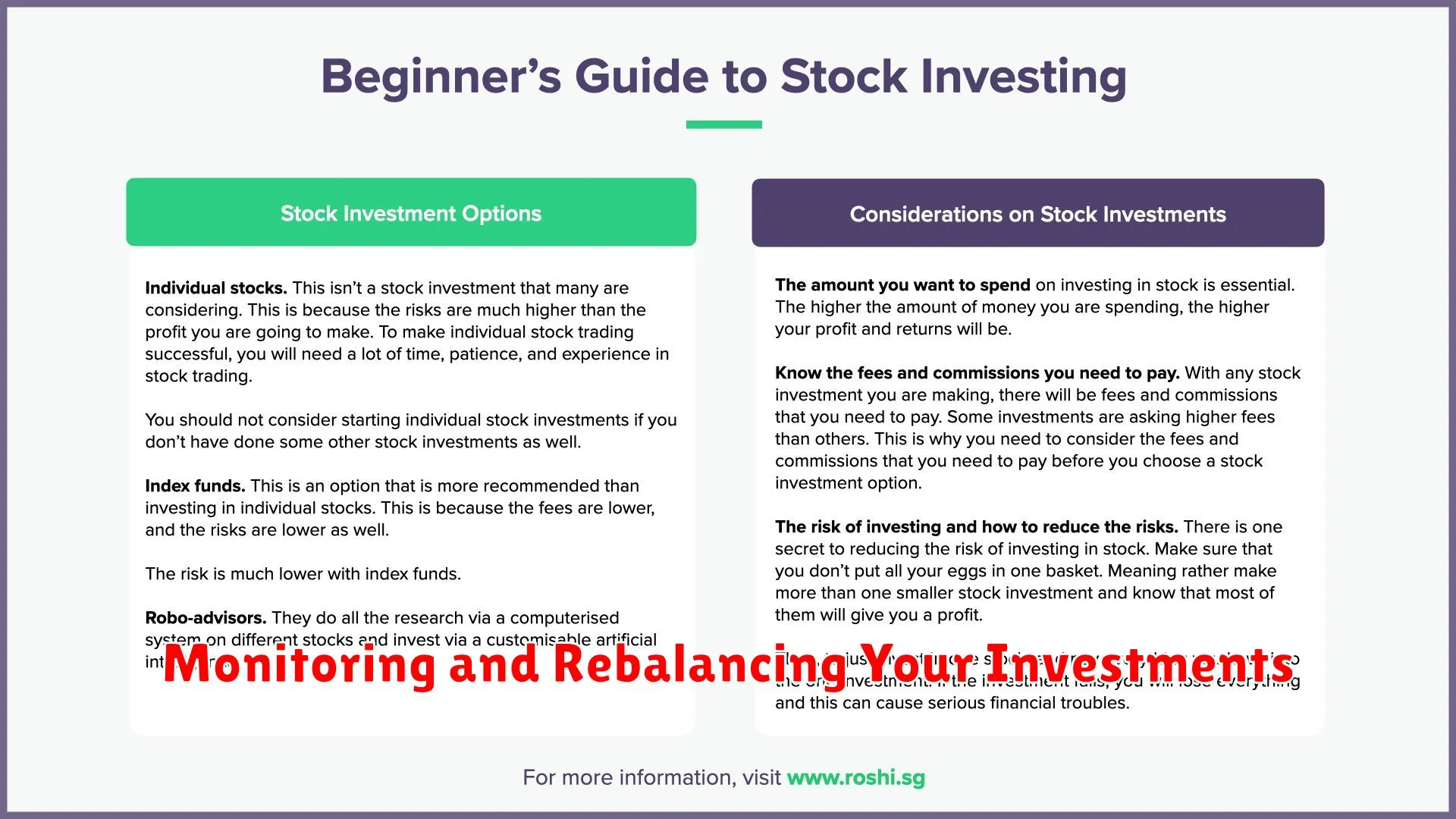Are you new to investing? Learn how to grow your wealth with this step-by-step guide for beginners. Explore the key principles and strategies to set yourself on the path to financial success.
Understanding Different Types of Investments

When starting your investment journey as a beginner, it’s crucial to have a clear understanding of the various types of investments available to you. Each type of investment comes with its own level of risk, potential return, and investment horizon. Here are some common types of investments you should be familiar with:
Stocks
Stocks represent ownership in a company and are bought and sold on stock exchanges. Investing in stocks can offer the potential for high returns but also comes with a higher level of risk compared to other investments.
Bonds
Bonds are debt securities issued by governments or corporations. When you invest in bonds, you are essentially lending money to the issuer in exchange for periodic interest payments. Bonds are generally considered less risky than stocks but offer lower potential returns.
Mutual Funds
Mutual funds pool money from multiple investors to invest in a diversified portfolio of stocks, bonds, or other securities. Investing in mutual funds can provide diversification and professional management, making them a popular choice for beginner investors.
Real Estate
Real estate investments involve buying property with the expectation of generating rental income or capital appreciation. Real estate can be a tangible and potentially lucrative investment, but it also requires active management and maintenance.
Exchange-Traded Funds (ETFs)
ETFs are similar to mutual funds but trade on stock exchanges like individual stocks. ETFs offer diversification, low costs, and flexibility, making them a popular choice for investors looking for a passive investment approach.
Understanding the different types of investments available to you is essential for building a well-rounded investment portfolio. By diversifying your investment across various asset classes, you can manage risk and potentially maximize returns over the long term.
Setting Investment Goals

Setting investment goals is a crucial first step in your journey to secure your financial future and grow your wealth. When starting your investment journey as a beginner, it’s essential to have a clear understanding of what you want to achieve with your investments.
Here are some key points to consider when setting investment goals:
- Short-Term vs Long-Term Goals: Determine whether you are investing for short-term goals, such as buying a new car or funding a vacation, or for long-term goals like retirement or buying a home.
- Specificity: Your goals should be specific, measurable, achievable, relevant, and time-bound (SMART). For example, instead of saying “I want to make money,” specify how much you aim to earn and by when.
- Risk Tolerance: Assess your risk tolerance level to align your investment goals with your comfort level for taking risks. Different investments carry varying levels of risk.
- Regular Review: Regularly review and adjust your investment goals as your financial situation and market conditions change. Flexibility is key to successful investing.
Assessing Your Risk Tolerance

When it comes to investing, understanding your risk tolerance is crucial. Risk tolerance refers to your willingness and ability to handle fluctuations in the value of your investments. Knowing your risk tolerance can guide you in making informed investment decisions that align with your financial goals and comfort level.
Here are some key points to consider when assessing your risk tolerance:
1. Time Horizon
Your investment time horizon plays a significant role in determining your risk tolerance. Generally, the longer your investment horizon, the more risk you can afford to take as there is more time to recover from any potential losses.
2. Financial Goals
Clearly define your financial goals before assessing your risk tolerance. Are you saving for retirement, a home purchase, or a child’s education? Different goals may require different levels of risk in your investment strategy.
3. Comfort Level
Consider how comfortable you are with market fluctuations and potential losses. It’s essential to invest in a way that allows you to sleep soundly at night, without constantly worrying about the ups and downs of the market.
4. Diversification
Diversifying your investment portfolio can help manage risk. By spreading your investments across different asset classes, sectors, and geographies, you can reduce the impact of a downturn in any single investment.
Assessing your risk tolerance is a personal process that should be revisited regularly, especially as your financial situation and goals evolve. By understanding how much risk you are comfortable with, you can create a well-balanced investment portfolio that aligns with your objectives.
Building a Diverse Portfolio

When it comes to investing for beginners, one key approach to growing your wealth is by building a diverse portfolio. Diversification is a strategy that can help mitigate risks and maximize returns over time. Here are some essential steps to help you create a diverse investment portfolio:
1. Asset Allocation
Begin by determining your asset allocation, which involves deciding how to distribute your investments across different asset classes such as stocks, bonds, and real estate. This will help you spread risk and optimize returns.
2. Investment Goals
Set clear investment goals based on your financial objectives, risk tolerance, and time horizon. Whether you aim for long-term growth or short-term gains, align your portfolio strategy with your goals.
3. Research and Analysis
Conduct thorough research and analysis on potential investments. Understand the industries, companies, or funds you plan to invest in to make informed decisions that contribute to a well-rounded portfolio.
4. Diversify Across Sectors and Regions
Diversify your holdings across various sectors, industries, and geographic regions. By spreading your investments, you can reduce the impact of market volatility and economic trends on your portfolio.
5. Manage Risk through Allocation
Use allocation strategies such as dollar-cost averaging or rebalancing to manage risk within your portfolio. Regularly review and adjust your investments to stay aligned with your risk tolerance and financial goals.
Monitoring and Rebalancing Your Investments

As you embark on your investment journey with the goal of growing your wealth, it’s essential to understand the importance of monitoring and rebalancing your investments regularly. Monitoring involves keeping a close eye on the performance of your investments to ensure they align with your financial goals and risk tolerance.
Monitoring your investments allows you to track their progress, assess their performance against benchmarks, and make informed decisions based on market conditions and your investment objectives. Regularly reviewing your portfolio can help you identify any underperforming assets or opportunities for improvement.
Rebalancing your investments involves adjusting the allocation of your assets to maintain your desired risk level and investment strategy. Market fluctuations and changes in your financial situation may cause your asset allocation to drift from its original target. Rebalancing helps realign your portfolio and ensures that it remains diversified and aligned with your goals.
Keep in mind that financial markets are dynamic, and economic conditions can change rapidly. Therefore, monitoring your investments and rebalancing when necessary are key practices to safeguard your portfolio and optimize its performance over the long term.
Conclusion
Investing for beginners is a crucial step towards growing wealth. By following a strategic plan, diversifying investments, and staying informed, anyone can start building a strong financial future.

